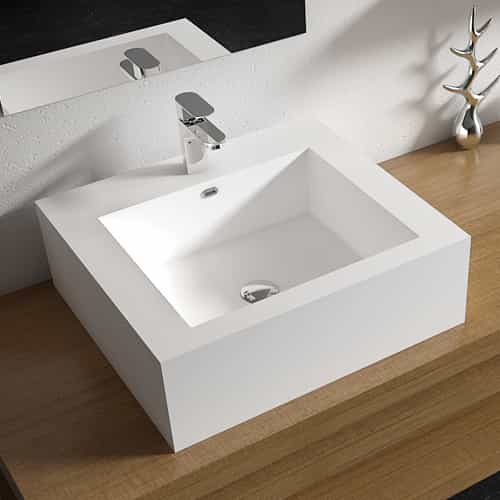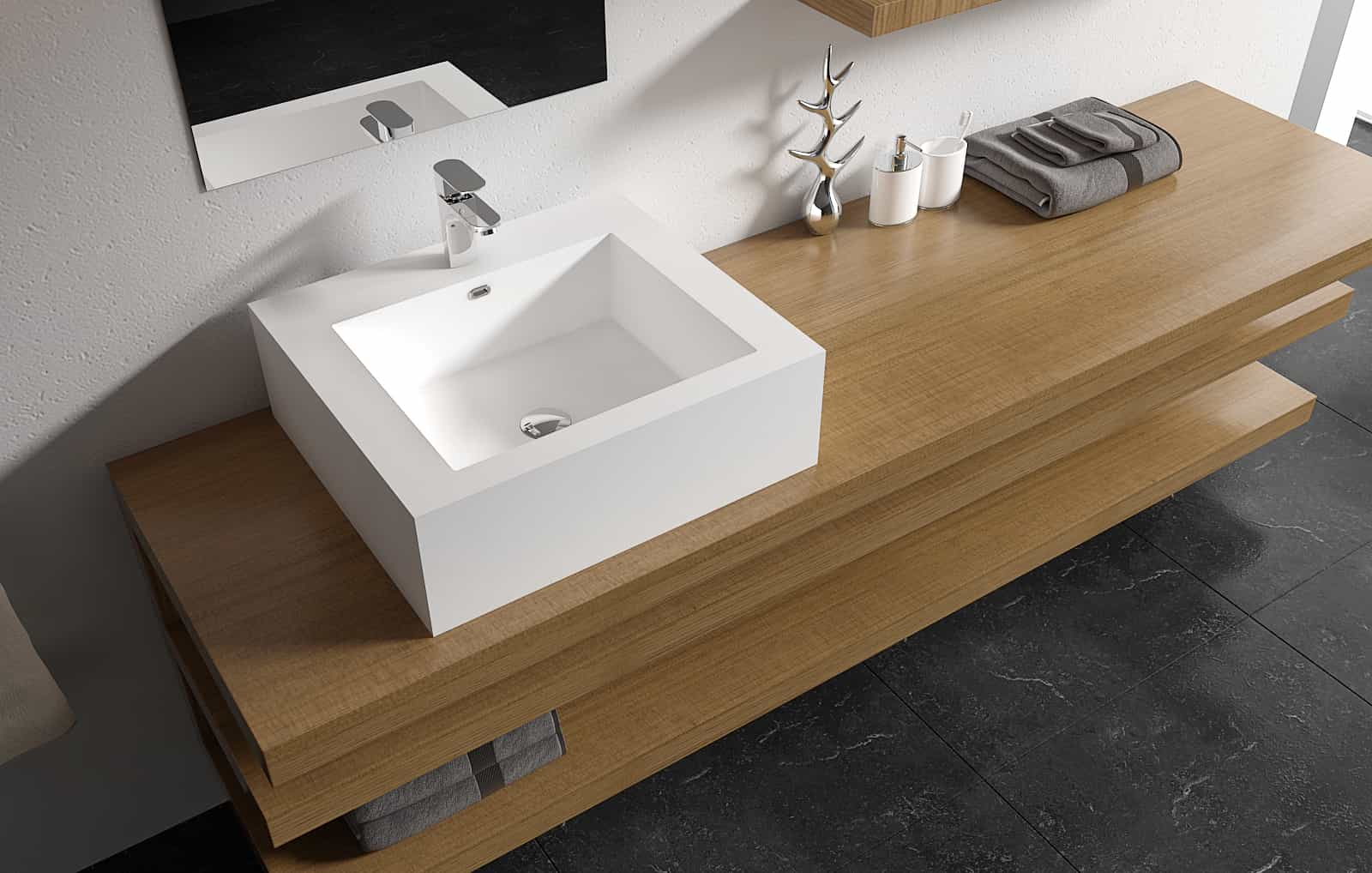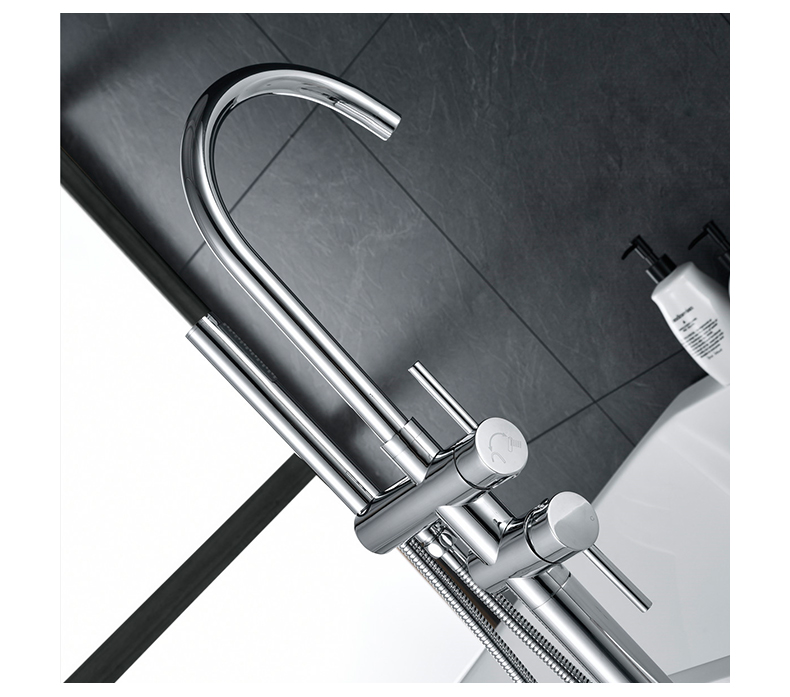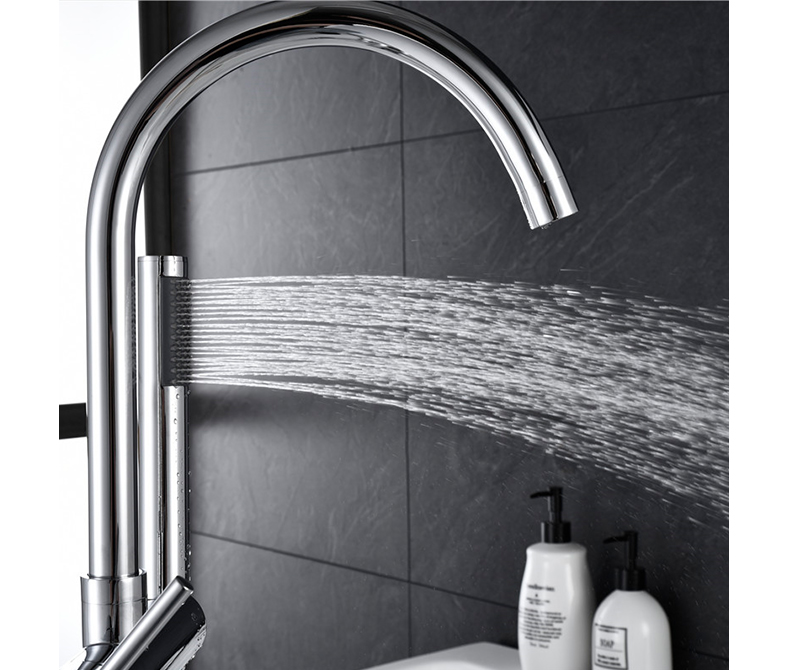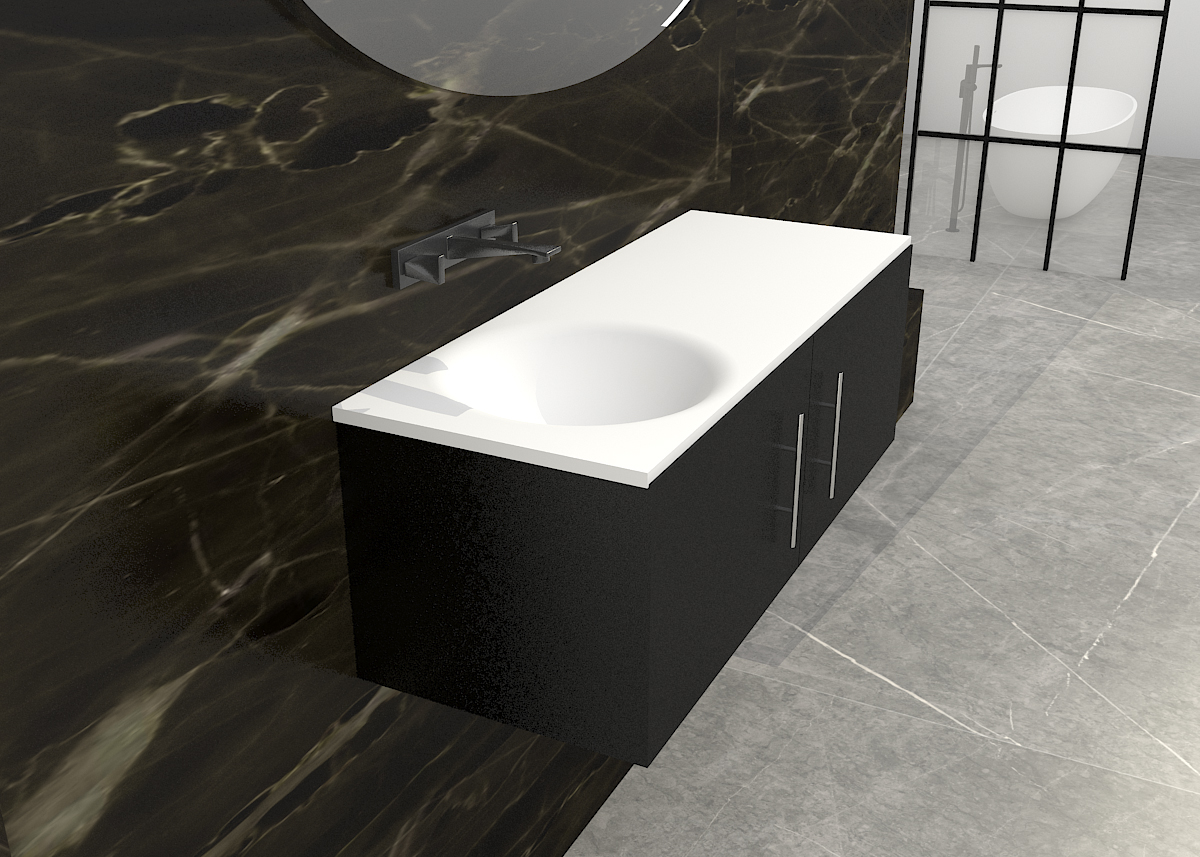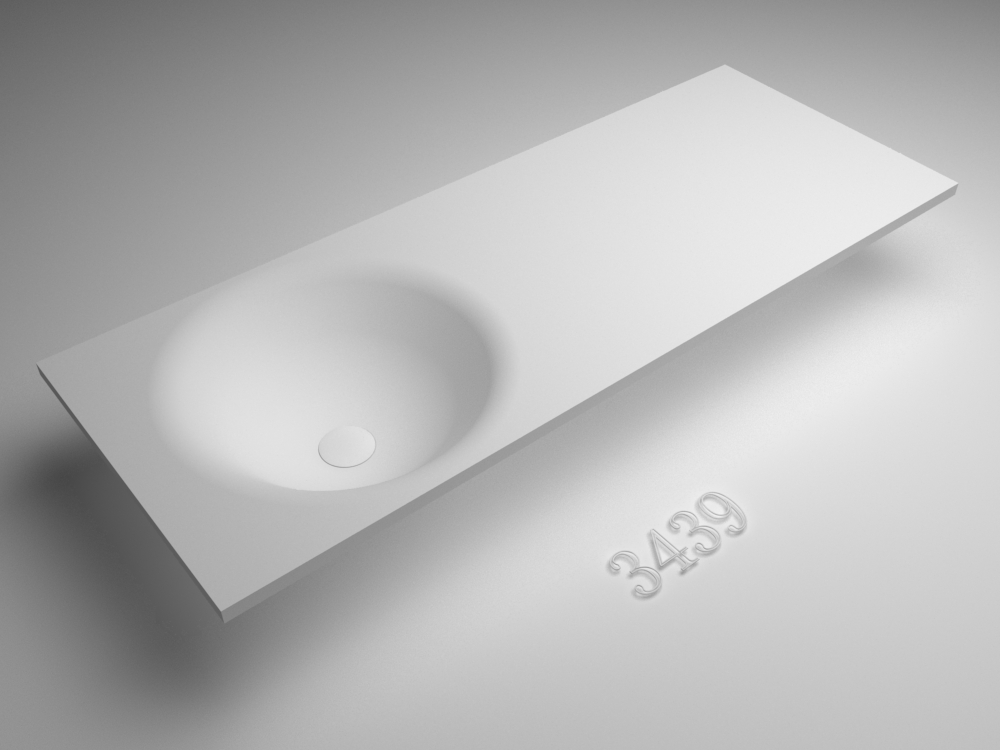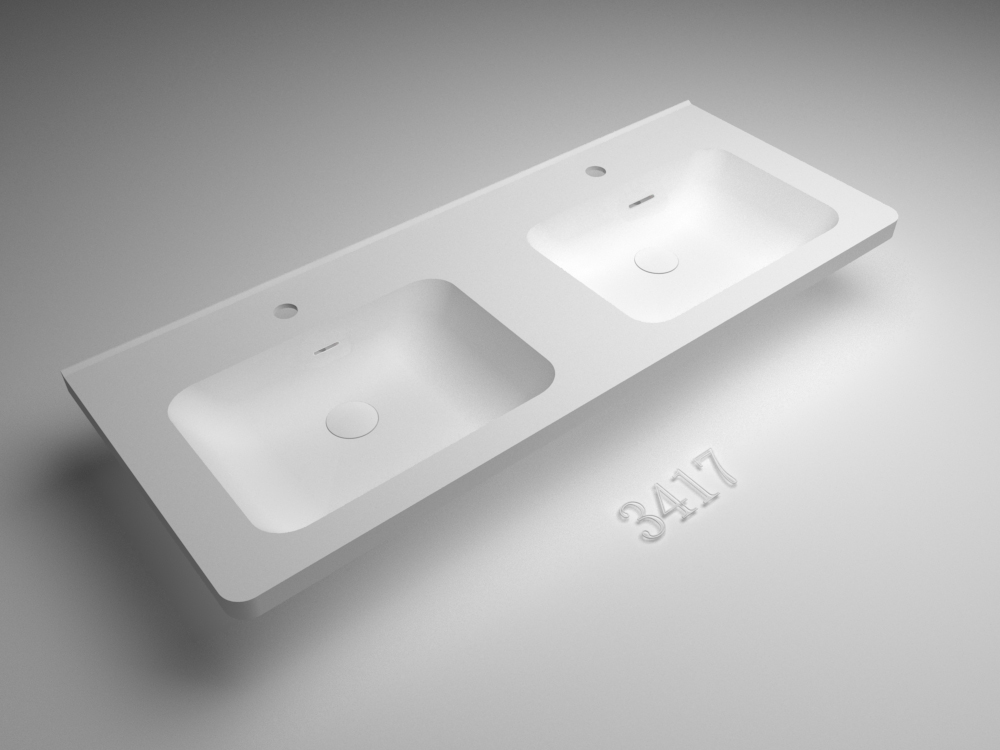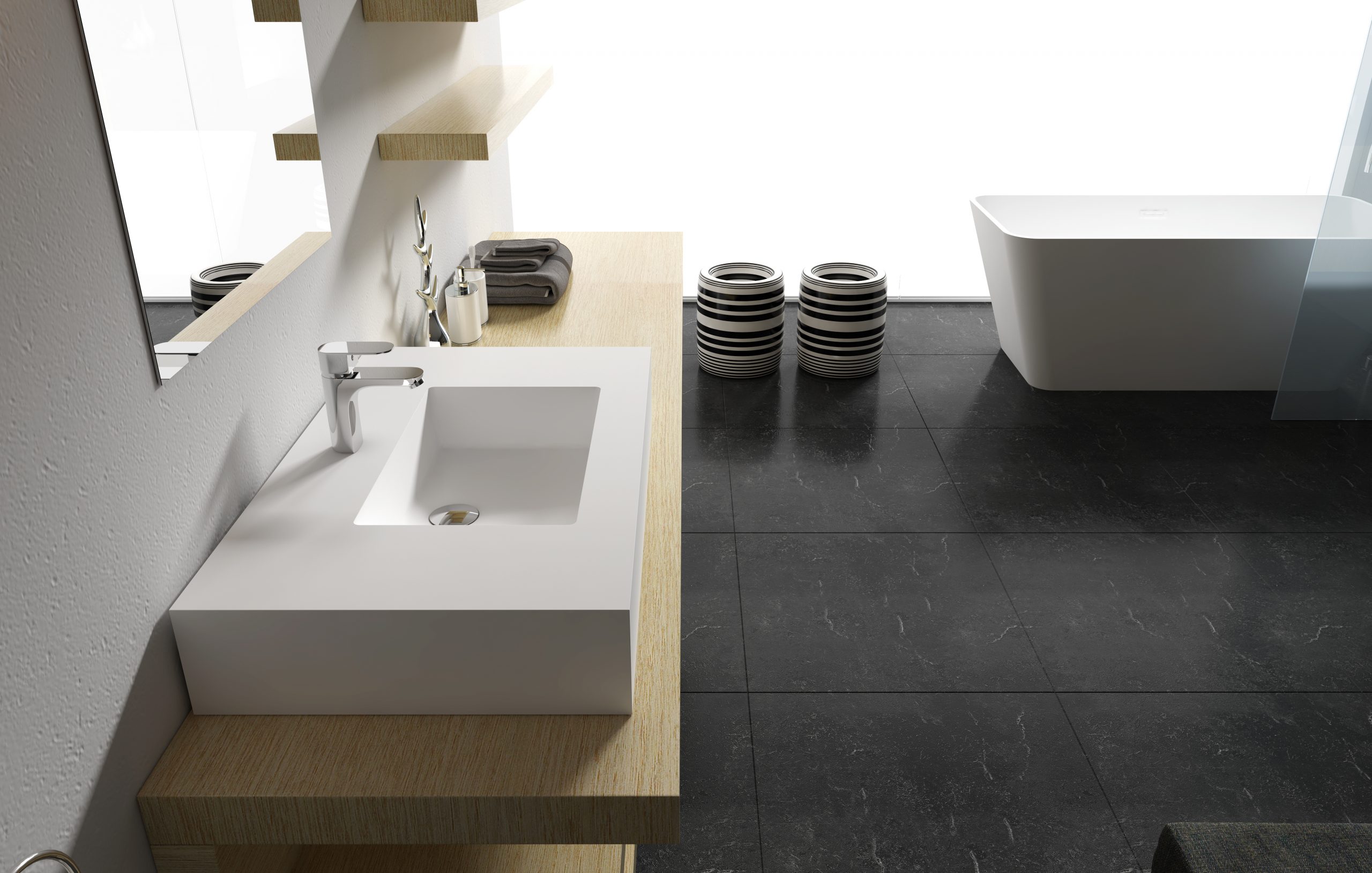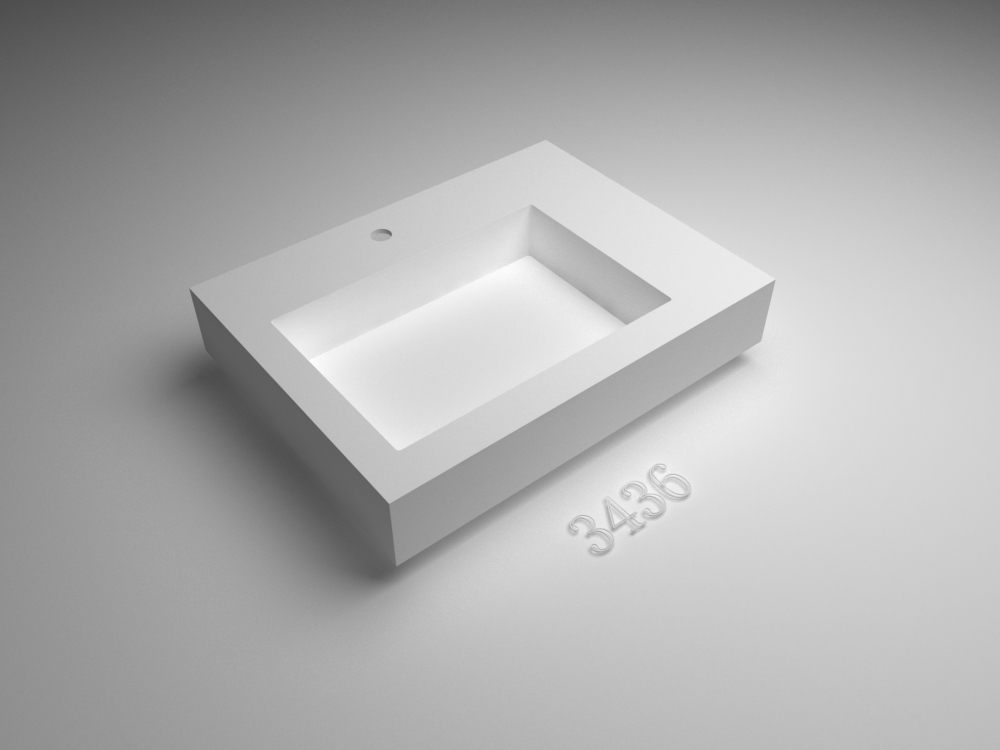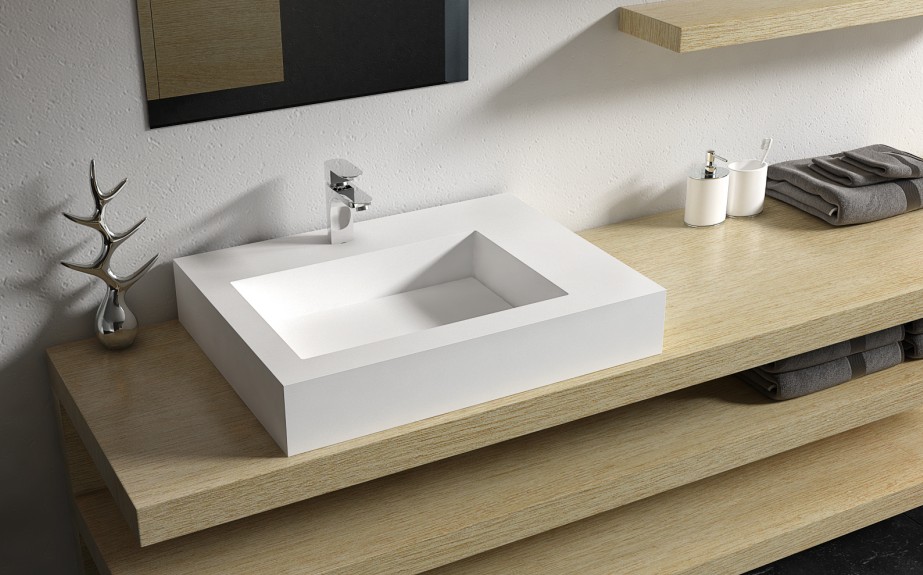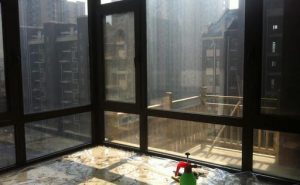
What is unidirectional see-through glass?
One-way see-through glass (also known as: atomic mirror, single-sided mirror, single-reflective glass) is a type of glass with a high reflectance ratio for visible light. The reflective surface (mirror) of one-way see-through glass must be light-facing or facing the outdoor side when in use. When the outdoor than indoor bright, one-way see-through glass and common mirrors similar, outdoor can not see the indoor scenery, but the indoor can see the outdoor scenery. And when the outdoor darker than indoor, outdoor can see the indoor scenery, and indoor can also see the outdoor scenery, the level of clarity depends on the strength of outdoor illumination.
One-way see-through glass is mainly used for hidden inspection windows, holes, etc. The product can be used in special places such as public security bureaus, guardhouses, police stations, prisons, courts, censorship houses, karaoke, offices, kindergartens, neurological hospitals, etc.
One-way see-through glass principle
Double-sided glass see-through lenses, also known as one-way lenses, are often used to provide one-way surveillance in police interrogations or surveillance camera camouflage. It can also be used by television line alert devices to reflect scripts to performers. This gives the illusion that the performer is looking directly at the audience when watching the line speech. Some sinning store owners or innkeepers have also been accused of using this craft to illegally spy on patrons or invade the privacy of guests. The use of two-way mirrors is quite controversial from time to time.
You can’t make a two-sided see-through mirror in the same traditional way. The glass of any mirror has two self-contained outside applied to the coloring disposition, known as silver plating. The first side is the outermost layer on the front side. The second layer is exactly behind the glass coating, or “the front side of the back layer” so to speak. Traditional mirrors, such as silver, pewter, nickel and other metal reflective layers are coated in the second layer, often with a second coat of paint behind the mirror panel to make it opaque. All the light is reflected through the glass to the examiner in front of the mirror. The image cannot be seen when viewed from behind.
But after the production of two-way see-through mirror, the situation has changed. The outside of the glass is coated with a very thin layer of metal or reflective paint. Examiners looking directly from the front of the mirror can only see a reflected image, and there is no difference with the traditional mirror. However, this reflective surface is so cloudy and thin that some light penetrates the mirror, rather than being reflected back to the examiner. Through the back of the two-way mirror people can see the image, as if he or she is looking through the tinted window glass in the side, this is the principle of double-sided perspective mirror.
If two rooms are installed with this two-way perspective mirror between them, in one room looks like a large mirror, while in the other room is like looking at a large tinted glass window. In order to get the best results, the mirror room light must be brighter than the examination room. The strong light in the mirror room is difficult to be refracted back through the reflective surface, which also provides better illumination for the expedition in the other room. It is this significant difference in illumination that creates the effect of a two-way see-through mirror. If the lighting situation is reversed, mirror this side of the person can directly see through the scene in the other room.







